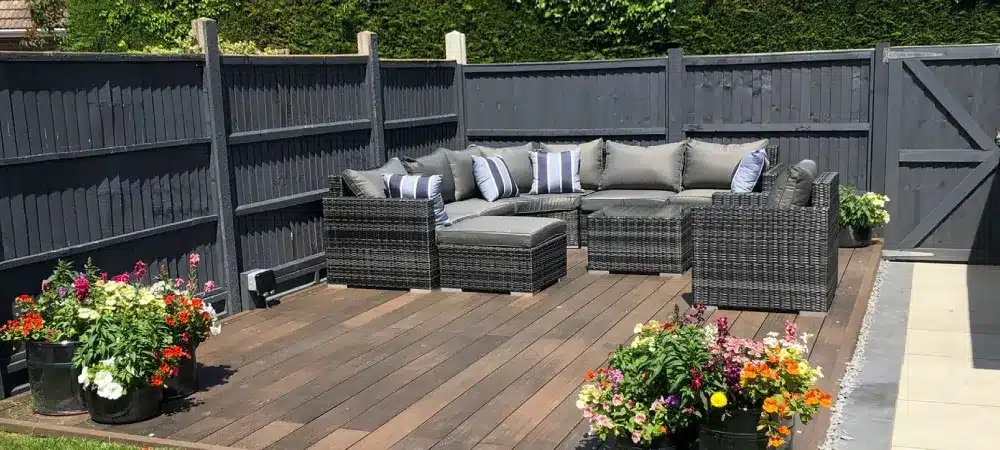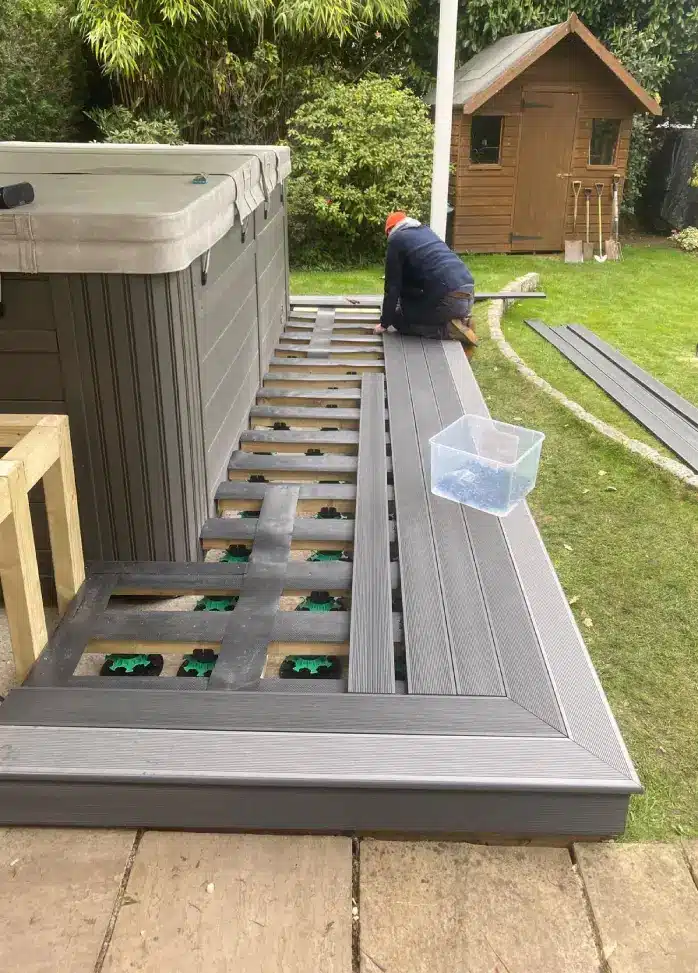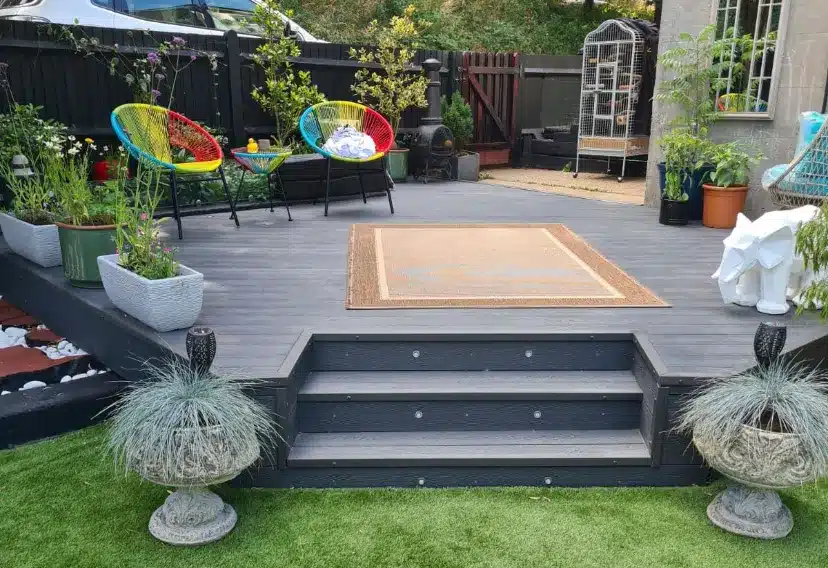Can You Put Decking Over Paving Slabs?
When planning to build an outdoor flooring makeover, many people turn to plastic decking. Like linoleum or laminate, vinyl flooring is one of the most used flooring covers for kitchens and living rooms. But the question is, can you put vinyl flooring on an outside decking? What are its advantages and disadvantages? And are there any other alternatives to vinyl flooring on outside decking?
Can You Use Vinyl Flooring Outside?
Vinyl flooring is often used by many homeowners to cover indoor floors. But many wonder whether they can use it outdoors. The answer is that it depends on the product. If you plan to use it over your patio decking, you may want to use vinyl flooring that is specifically made for outdoor use. They can be either in tile form, boards, or sheets. Regardless, there are many advantages to using vinyl flooring. However, there are also disadvantages to using it. Before you decide to use it, consider some of these pros and cons.
Advantages of Vinyl Flooring
There are a few reasons why vinyl flooring can be used for outdoor decking. One of the best features of vinyl is its water resistance. It doesn’t absorb water, which means it will endure and resist moisture damage, but it can also protect the decking underneath. Because vinyl is waterproof, you’ll have an easier time cleaning and maintaining it. Most of the time, you’ll only need the usual household cleaning products to clean it.
Vinyl and PVC flooring, decking or sheets offer excellent scratch resistance too, one key benefit to using PVC or vinyl when compare other outdoor materials is there resistance to scratches. They aren’t easily scratched and a most definitely a huge benefit they have over composites and other decking materials
Another advantage of vinyl is that you can choose from different colours and designs. You can select one that matches your outdoor design. Because of this, it’s perfect for DIY and self-builders.
With that said, vinyl flooring also has some disadvantages. You will need to know about them if you plan to use vinyl on your flooring. Not only will it help set your expectations, but it can also help you prepare for problems you may encounter or consider other options you may choose instead of vinyl.
Disadvantages of Vinyl Flooring
Despite being an excellent choice for flooring, vinyl has a few disadvantages. First, PVC is prone to high temperatures. While waterproof, PVC can still warp and crack due to thermal expansion. If your decking is exposed to changing temperatures, like rain and sun, it may not last as long as expected. If you experience extreme and changing weather, vinyl flooring may not be a suitable option for your outside decking. It’s best to look for other alternatives.
One key point if your considering using vinyl flooring is its thickness, as must vinyl flooring are indoor solutions, the thickness is minimal, meaning if you was to use indoor vinyl for outdoor this would must likely break within a week.
Another disadvantage of vinyl flooring, especially the ones that come in sheets, is it’s compatible only with untextured decking. Any textures, imperfections, or cracks on decking will stand out when you cover them with vinyl flooring. So if you plan to use it, you will want to make sure that the decking or patio floor is smooth and in excellent condition.
Lastly, vinyl flooring is still synthetic. Because of this, vinyl flooring won’t look as good or as natural as wooden decking. If you plan to cover wooden decking with vinyl, you may want to consider the appearance and aesthetics. While some vinyl floorings can come close to the appearance of wood, nothing beats the aesthetics of real wood.

Other Alternatives to Vinyl Flooring
Aside from vinyl flooring, there are other things that you can put on your outside decking to make it look beautiful again. One of the best options is to use decking tiles. Decking tiles also come in different materials, from wood, and plastic, to composites. When it comes to quality, composite decking is one of the best options.
Another quick makeover for your garden decking is outdoor carpets and rugs. Not only can they make your outdoor space more beautiful and appealing, but they can also protect your decking. However, be careful of what type of carpets or rugs you’ll be using. Some of them may do more harm than good to your decking, especially ones with a hardback, such as vinyl or rubber. They can scratch and stain a perfectly-good decking outdoor flooring area.
Lastly, you may want to consider building an entirely new decking. If nothing works, there is no other option but to have a new one. If that’s the case, you’ll want to get a more durable decking. For this, you can choose composite decking. Composite decking is resistant to weather, warping, moulds and mildew. They can also last for more than 20 years. And best of all, they look as good as wooden decking.
Outdoor Decorating Ideas For Summer




